
SCHAU, FENSTER AT KADEWE: IN CONVERSATION WITH SEBASTIAN HOFFMANN
From April 22 to May 10, 2025, KaDeWe is turning its iconic windows into a public…


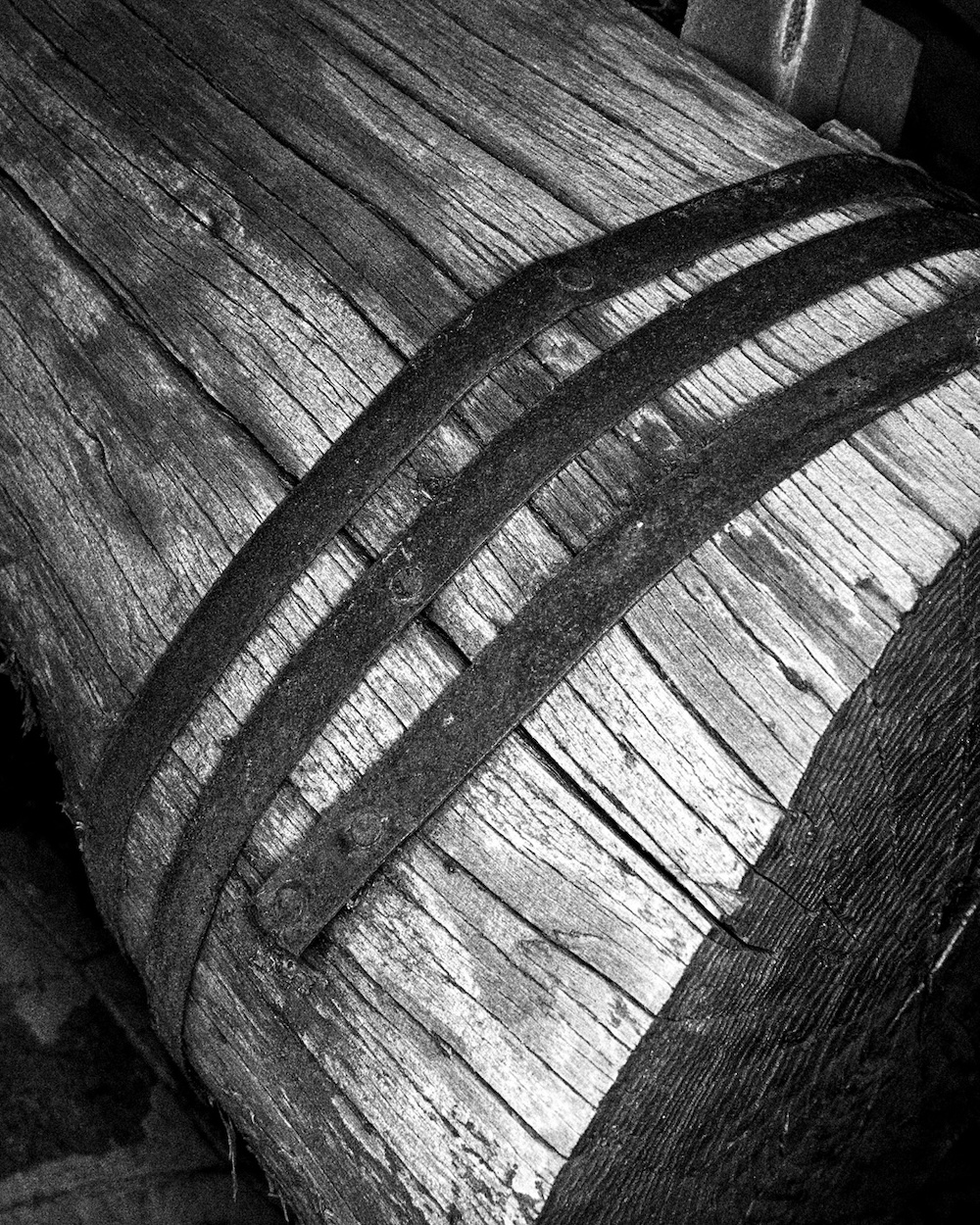
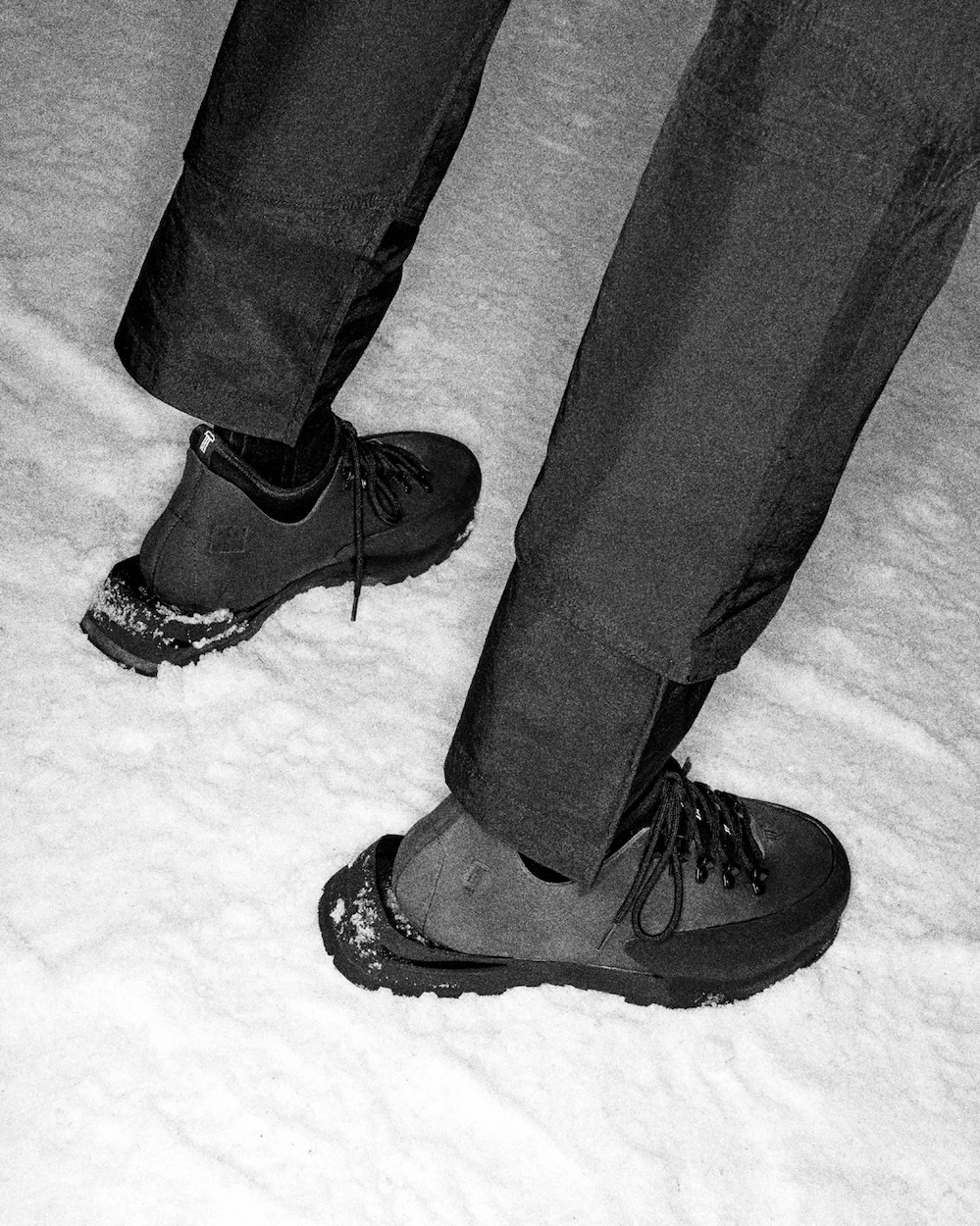

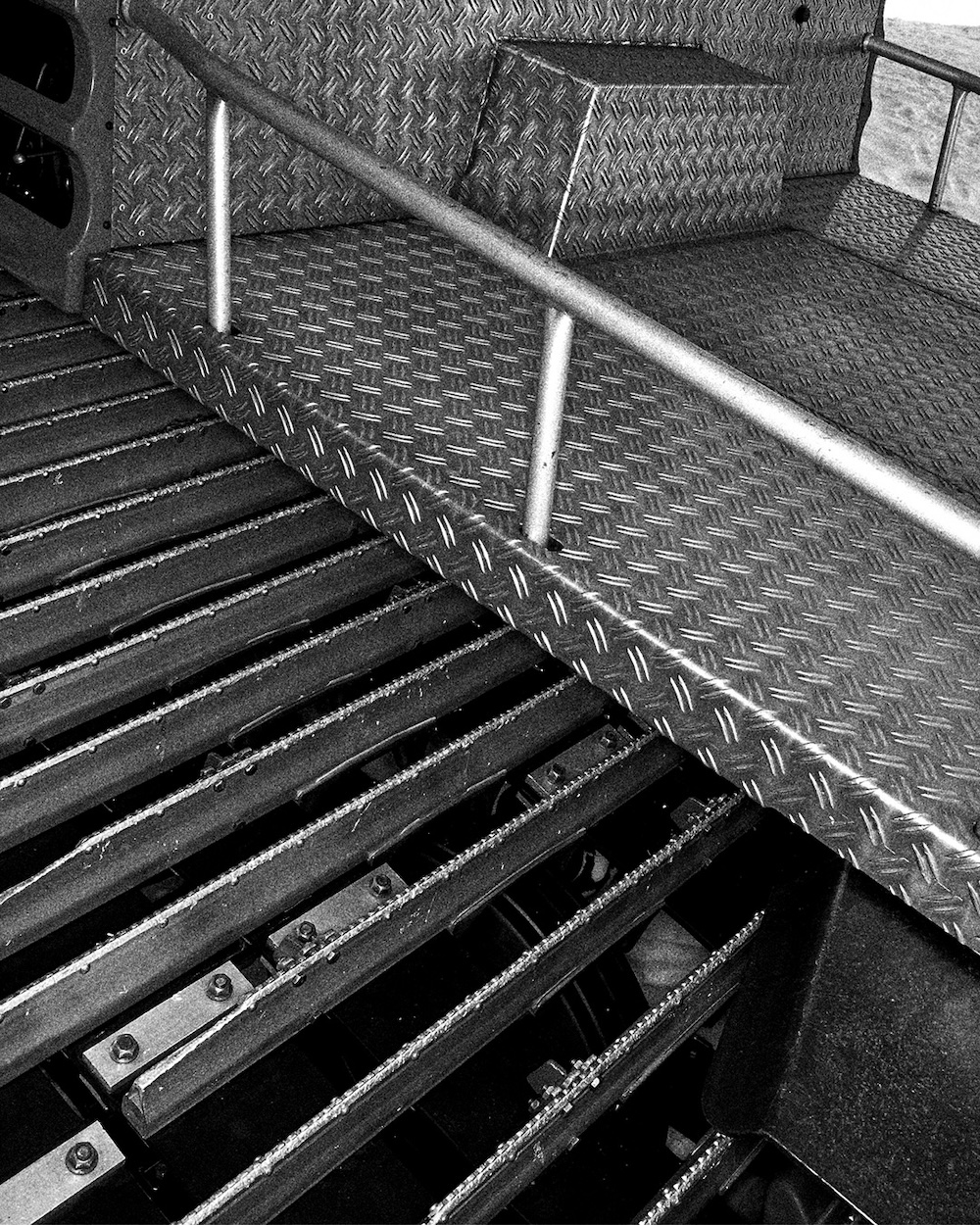
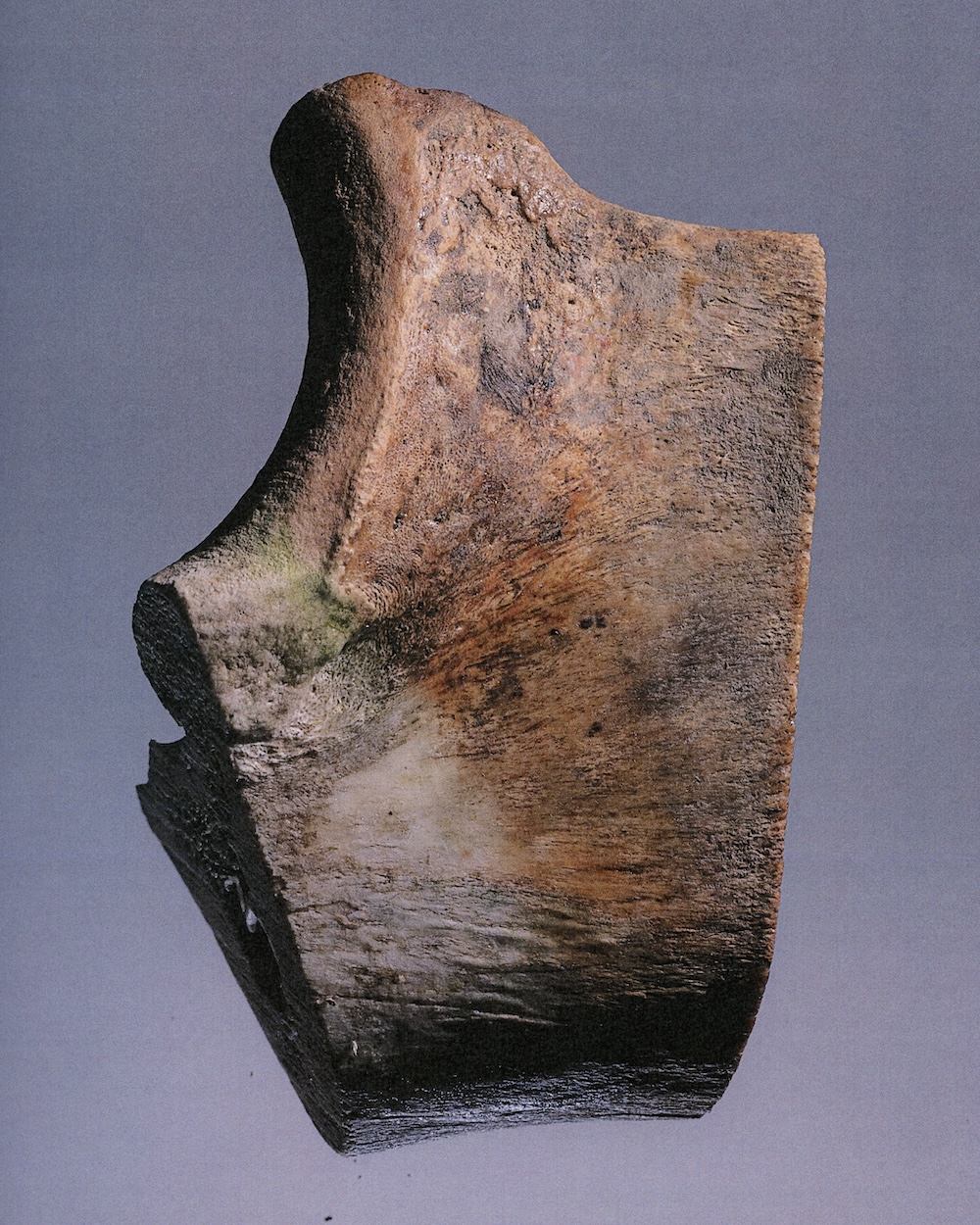
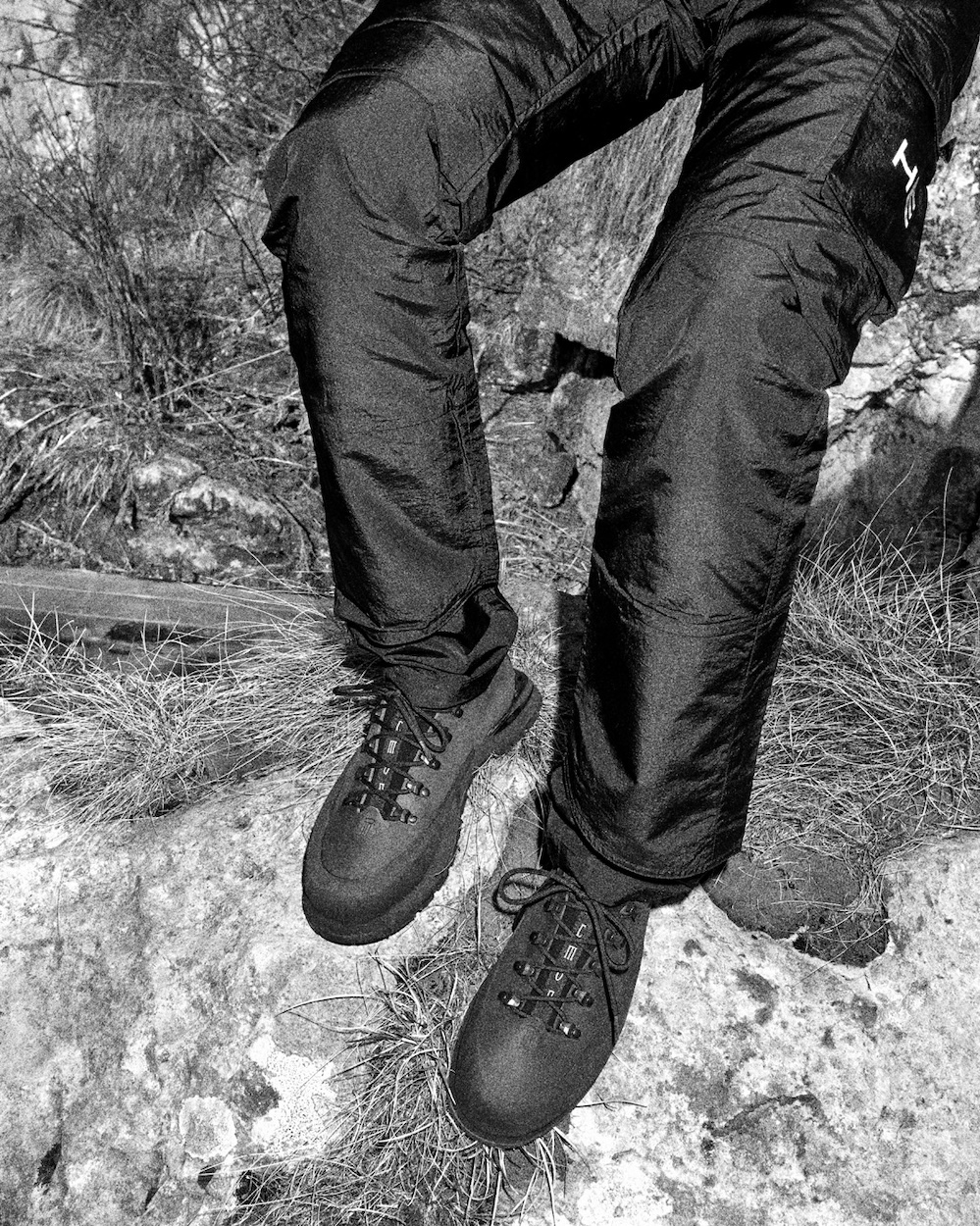

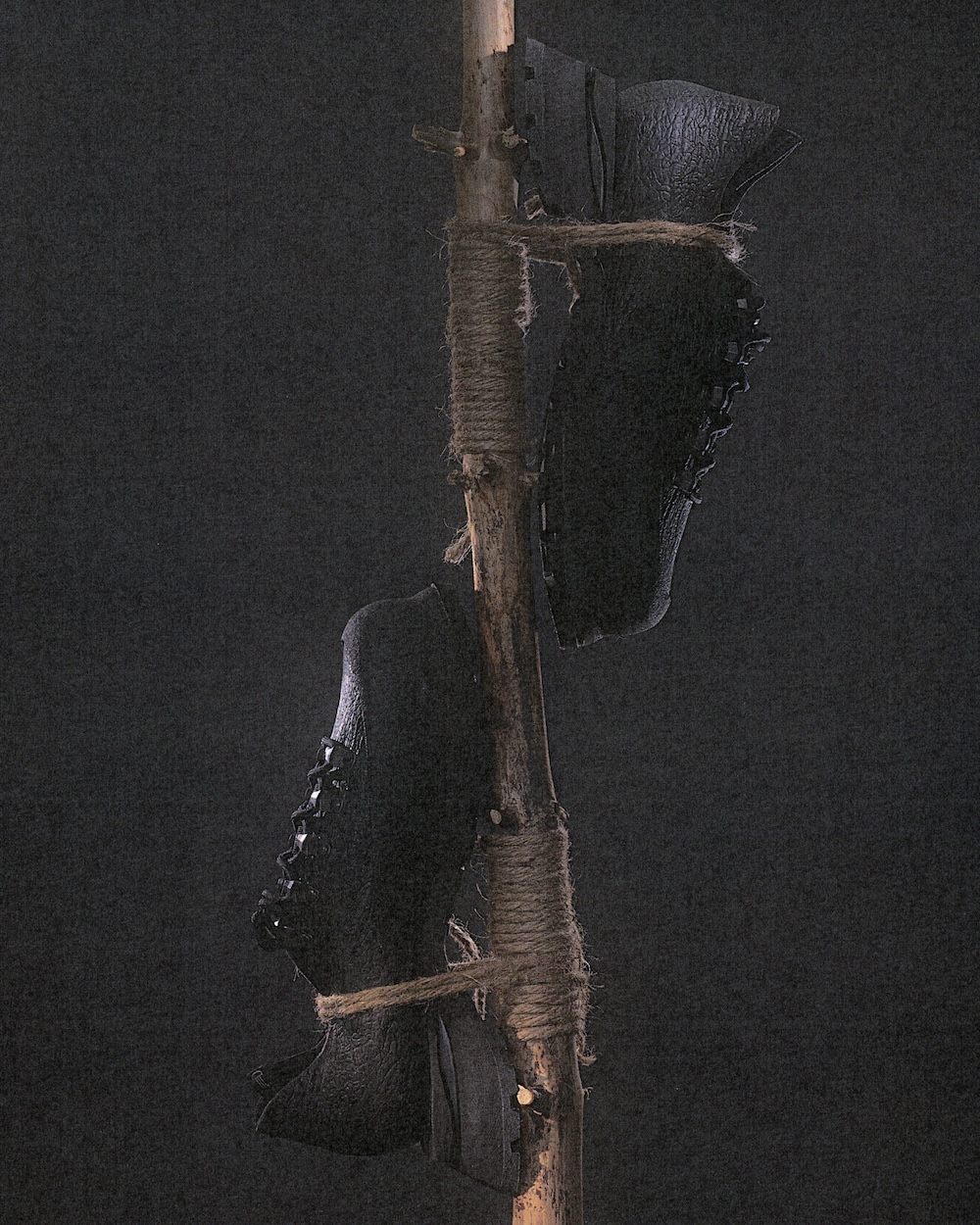
Numéro Berlin talked to Alberto Deon, diving deep into his creative world and visionary project, Demon.
From the origins of the project’s enigmatic name to the cross-pollination of artistic craftsmanship and avant-garde technology, Deon’s narrative unfolds with serendipity and authenticity. Delving into his Italian heritage and the rich shoewear tradition of Montebelluna, we wanted to explore whether Demon represents a disruption or a continuation of this legacy. Alberto’s journey from an architectural background to the realm of fashion is a testament to his interdisciplinary approach and unwavering commitment. As we trace his experiences, including a pivotal encounter with Matthew Williams, we gain insights into the formation of Demon as a brand and the unique styles it has introduced, such as Poyana, Vipara, and Carbonaz.
It really depends on the type of pitch we’re discussing. In general, I would introduce the project as an example of cross-pollination between artistic craftsmanship and avant-garde technology, an amphibious project situated at the intersection of industrial heritage and post-Internet European culture.
Interestingly, I didn’t come up with the name; it was actually given by my grandfather. In its early stages, it was called “Demont,” where “De” stands for my family’s last name, and “mont” stands for our hometown, Montebelluna. In the late sixties, my grandfather had to change the name as another local brand, “Garmont,” pointed out the similarity in name endings. Thus, the final “T” was dropped, and here I am, 60 years later, explaining that this has nothing to do with spooky esoteric references. So it’s just an uncanny circumstance. Serendipity. “Demon” is obviously a powerful word with outstanding evocative power. So all things considered, I am extremely grateful that this happened.
I think Demon is a manifestation of different threads I pulled from my educational background, including studying ancient Greek and Latin philosophy from an early age and the international context I was exposed to early on (I studied at Berkeley during my senior year in high school). So, hopefully, it is an element of genuine continuity, one of the rare links between post-internet culture and Italian rural-industrial contexts. I trace this process back to the idea of “Webnacularism,” a concept I came up with in my MA thesis “Less Is Gore.”
I’m pretty neutral about the association. I didn’t seek it, and I never intended to create a Gorpcore project. In fact, I don’t think Demon is a Gorpcore project, although there is an undeniable derivative aspect. As a matter of fact, I think this is also related to serendipity, as in recovering my grandfather’s brand, I had to confront that specific context, which was then appropriated by contemporary culture under the Gorpcore umbrella. Nonetheless, I’m pretty sure the Gorpcore community sees this project as an alien presence, a weirdo, ultimately the Ugly Duckling of Gorpcore.
Studying architecture influenced the way I approach Demon and my career in general. The architectural obsession with the “context” and the complexities behind it, the multifaceted implications that go beyond design and involve geopolitical, sociological, historical, and technological considerations. It’s a rich and complex perspective, always suspended between choosing aesthetics over function or vice versa.
I believe the experience at Claudio’s studio contributed to teaching me the value of building a brand around oneself, the possibility of honing your own practice along with a body of work that grows with you. It also highlighted the importance of personality as a significant determining factor in one’s career and taught me not to be afraid of being myself, unapologetically. I didn’t plan to join CSA; I stumbled into it. Nonetheless, I think it’s been one of the most formative experiences I could hope for.
I get this question a lot, but people usually think of Virgil. In general, I believe that an architecture education provides a holistic understanding of aesthetics. Also, Ferré started out from accessories, in his case, it was jewelry. To be completely honest, it’s challenging for me to draw a parallel with Ferré, as I feel his universe has physiologically slipped out of my generation’s spectrum. So I can mostly try to imagine what it must have been like in that era. His generation of designers was much more down-to-earth, practical, and market-oriented compared to the previous one, which was driven by unfettered creativity. I hope Milan in the next decade will resemble the Milan of the ’70s (Ferré’s era), with a constellation of creatives and practices reshaping the culture from the ground up, redefining the overarching values of Italian taste and combining post-Internet ubiquitous culture with the ability to remain calm in the face of what appears as eternal acceleration.
In my own experience, it’s been a canon event. At the point of the encounter, I had been roaming around looking for a stepping stone that could have allowed Demon to at least reach the surface. I had this feeling of a huge crystal ceiling above me that I couldn’t break. So when I reached out to Matthew, I was very determined to make something out of it. I think Matthew’s approval of the project gave me the boost I needed for the next leap of faith. Which was Slam Jam.
Poyana was the very first brick I laid in the foundation of Demon. It took me almost two years of refinement to reach the current stage of the product. A lot of work with artisans was involved to achieve the ideal angles, weight, structure, and cosmetics, with graphics undergoing several rounds of tweaking. Carbonaz and Vipara came more naturally, as a consequence of the extensive work we did on Poyana. All three of them belong to this large territorial narrative, from the vernacular nomenclature to the execution and processing.
Certainly, successfully expanding into other categories is a dream goal for me. However, I believe it’s crucial to lay the foundations first. Building a statuary precedent, in my case, footwear.
Nowadays, more than ever before, building a brand has become a quintessentially eclectic endeavor. I believe being able to pull different threads from the arts is key to generating culture. When it comes to Demon’s IG feed, I am looking for ways to cross-pollinate content creation with content curation. The key is being able to put diverse content into one single bucket (IG in this case) without it feeling scattered and senseless. The vision needs to be as wide and unfettered as possible, but the execution needs to flow seamlessly. Ultimately, I want to build something that I’d enjoy following if I stumbled onto it, a chimera of blog-inspired research page anchored by physical products.

From April 22 to May 10, 2025, KaDeWe is turning its iconic windows into a public…
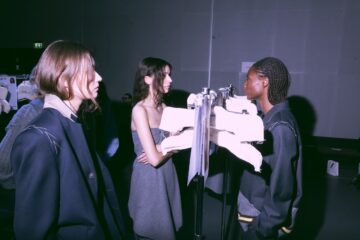
With her powerful vision and veritable expertise in craftsmanship and patternmaking,…
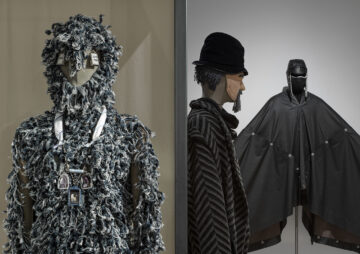
Sometimes, says Italian philosopher and author Emanuele Coccia, we forget that for a long…